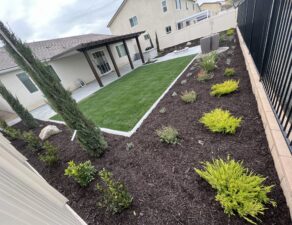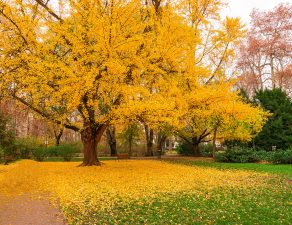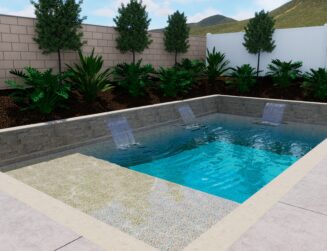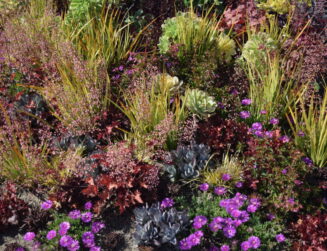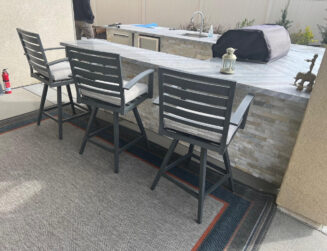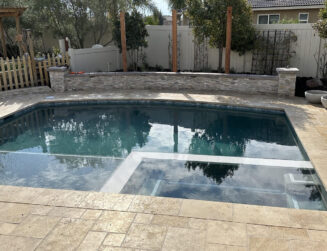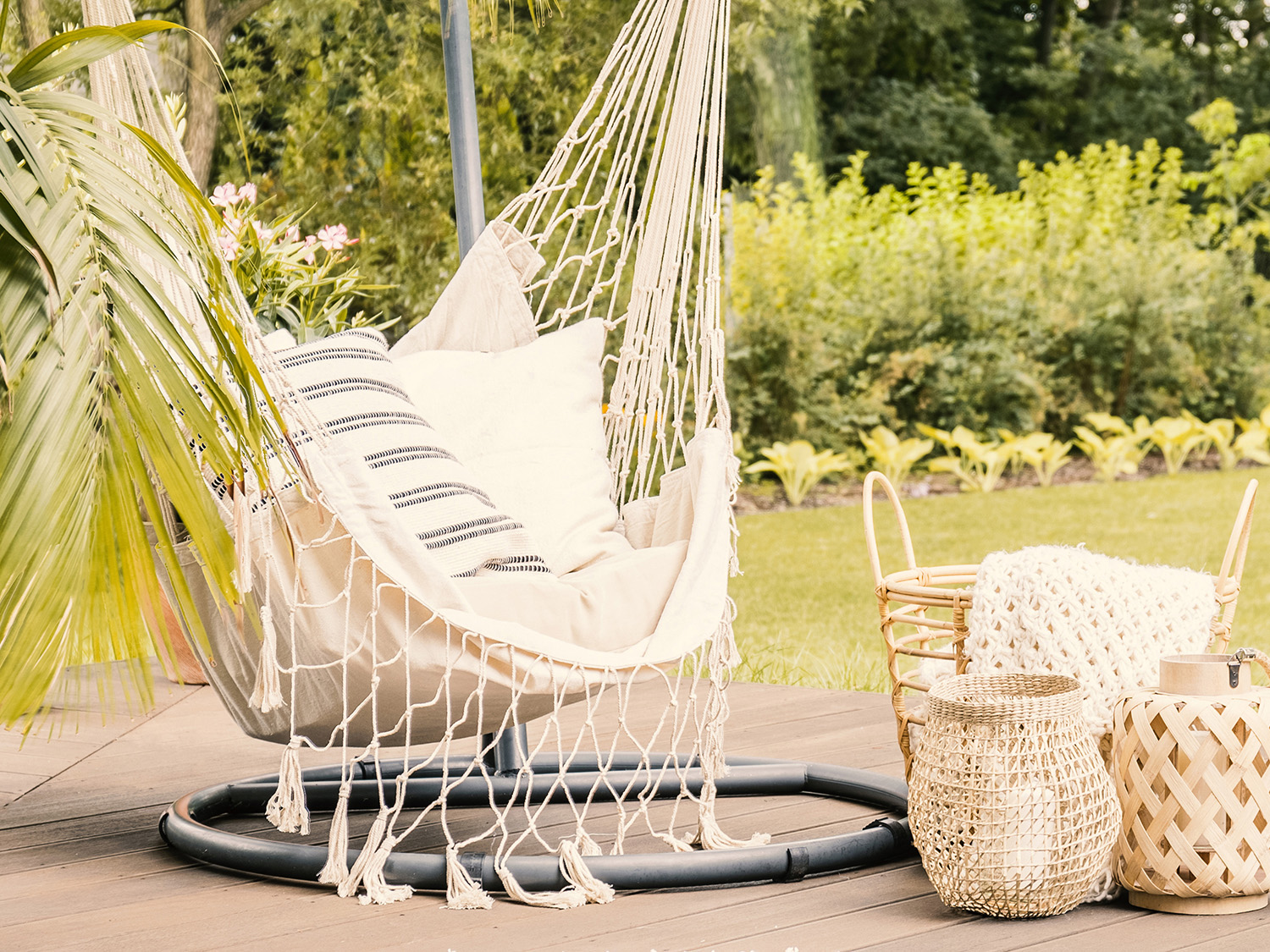
A lot has changed in the world of landscape design over the past couple of years. So for this month, we wanted to use a series of blogs to update you on this year’s most current styles.
While there’s no need to stick to the strict confines of a label, words do help us to communicate our overall vision. And so, the first step to understanding the latest trends is to grasp the concepts behind each trend’s name. Four key terms are used to describe most design concepts: Modern, Traditional, Formal, and Informal.
Modern refers to…
- Clean lines and sharp angles
- Muted colors
- Emphasis on height and texture
- Few to no flowers
- Cool gray tones
- Wood and concrete as primary materials
- Little to no ornamentation
- Emphasis on materiality
Traditional refers to…
- Curving lines and rounded corners
- Bright colors
- Green shrubs
- Species diversity
- Plentiful flowers
- Stone and brick as primary materials
- Warm neutral tones
- More ornamentation
Formal refers to…
- Recognizable shapes or patterns
- Geometric groupings
- Straight rows
- Symmetry
- Less species diversity
- Less “naturalistic”; more polished
- More ornamentation
- Refined textures
- Stainless steel, stone, tile, or finished wood as materials
Informal refers to…
- No recognizable shapes or patterns
- Absence of straight lines
- More species diversity
- Naturalistic groupings
- Rougher textures
- Humble materials, such as corten steel, decomposed granite, and weathered wood
Now that you understand the basics of these terms, think of personal style as falling somewhere on a grid. Modern and Traditional define the extreme ends of the x axis, and Formal and Informal lie at the extreme ends of the y axis.
Your design concept will fall somewhere on this grid; most people don’t want a look that strictly falls into only one of these categories. For example, you might want something modern with a few traditional touches, that is moderately formal with a few informal touches.
And that’s what we’re here for! We can help you evaluate where you fall on each of these spectrums, so that you can clearly communicate your ideas to our design team. Now that you understand the very basics of personal landscape style, check out our following blogs in this series.


